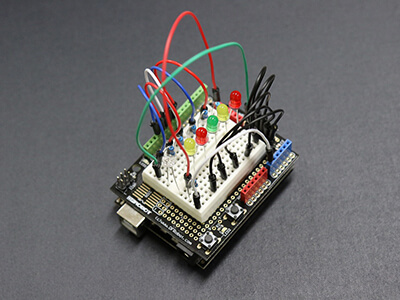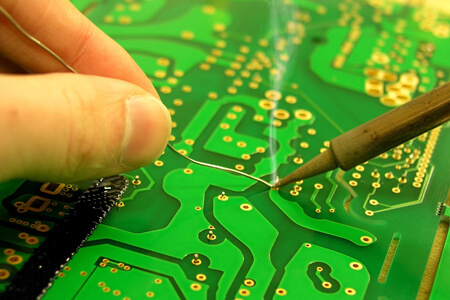This is a lesson summary. The full lesson can be viewed by purchasing an online course subscription.
Learning Objective
In this lesson we will learn about basic electric circuits and how they can be represented by circuit diagrams.
Learning Outcomes
By the end of this lesson you will be able to:
- Describe an electric circuit and list four common features of all electric circuits.
- Describe how electric circuits can be represented by circuit diagrams.
- Compare the arrangement of components in series circuits and parallel circuits.

(Image: manseok, Pixabay)
Lesson Summary
- An electric circuit is the path that electrons travel when current electricity is used to power an electrical device.
- All electric circuits contain four basic components:
- A source of electrical energy.
- Energy-using components that convert electrical energy into other types of energy.
- Wires to connect components.
- Switches to control the flow of electric charge.
- Circuit diagrams are a way of representing how components are arranged and connected in an electric circuit.
- Each type of electrical component is represented by a specific symbol.
- Electrical components can be connected in series or in parallel.
- A series circuit contains electrical components connected one after another, in a single loop.
- A parallel circuit contains electrical components connected side-by-side, on separate loops.

(Image: Justinite, Pixabay)
(Header image: paulclee, Pixabay)
